Kynol is composed of only C (carbon), H (hydrogen) and O (oxygen).
Therefore, it does not contain any phosphorus or nitrogen elements which cause toxic gases when burned. It does not contain nitrogen.
In addition, it produces less smoke than organic and natural fibers.
- TOP
- Product lineup
- High-performance fiber
High-performance fiber

Kynol has high flame resistant characteristics, does not melt even at high temperatures, and has little heat shrinkage. In addition, it is called a highly safe fiber because it only carbonizes and emits a small amount of smoke when it is exposed to flame.
Typical characteristics
Typical characteristics of Kynol fiber
| Hue | Gold |
|---|---|
| Specific gravity | 1.27 |
| Fiber diameter | 10〜40um |
| Fiber length | 1〜100mm |
| Tensile strength | 140〜200 N・mm¯² |
|---|---|
| Elongation | 10〜60% |
| Modulus | 3,000〜4,000 N・mm¯² |
| Moisture | <6% |
Smoke emission test
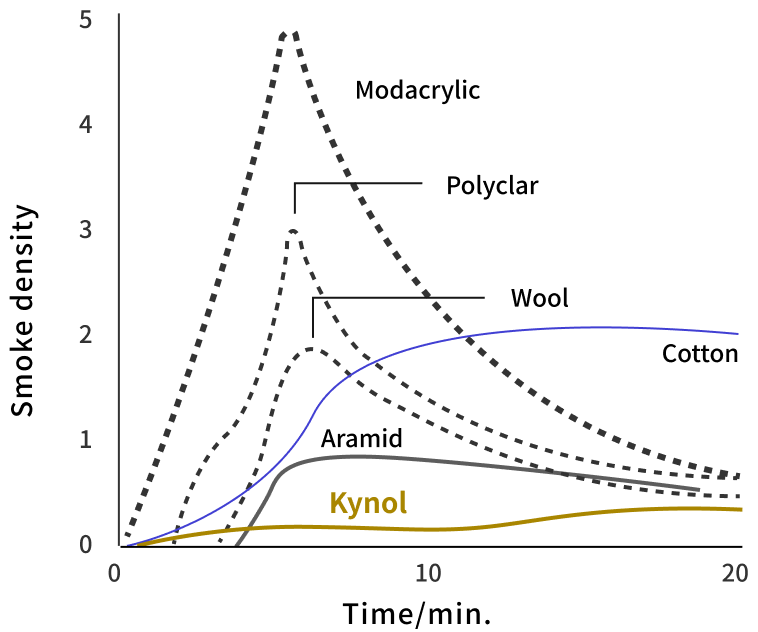
TG
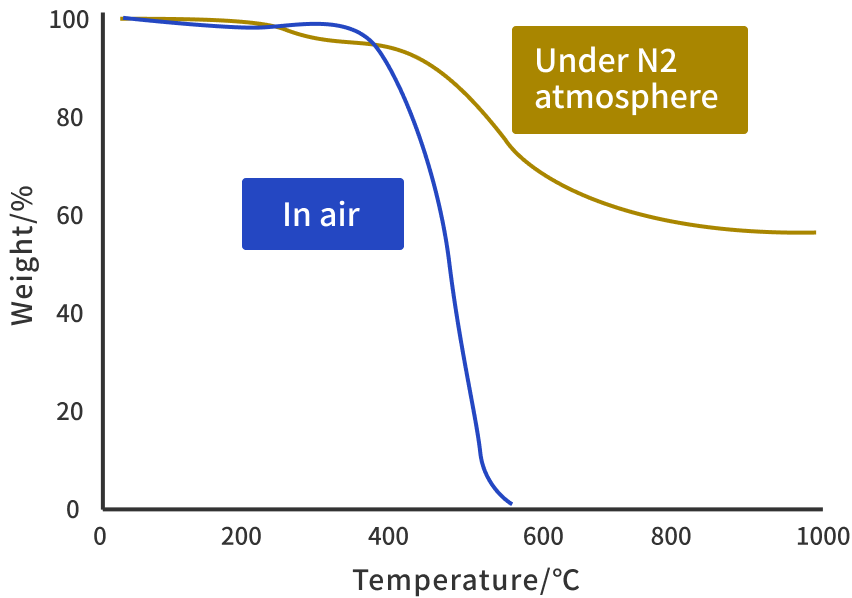
Compare L.O.I of fibers
| Kynol | 30~34 |
|---|---|
| Aramid | 28 |
| Modacrylic | 26 |
| Polyester | 22 |
| Cotton | 19 |
Compare heat shrinkage
-
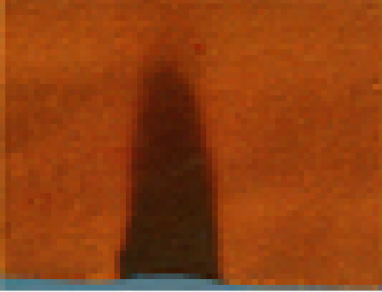
Kynol -
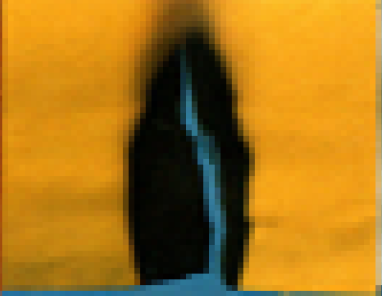
FR Cotton -
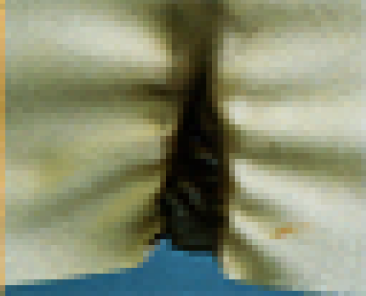
Heat resistance Nylon
Chemical resistance
| Concentration(%) | Temperature(℃) | Exposed Time(hrs) | Effect on Breaking Strength | ||
|---|---|---|---|---|---|
| Acid | Hydrochloric acid | 20 | 98 | 1,000 | ◎ |
| Sulfuric acid | 60 | 60 | 100 | 〇 | |
| Nitric acid | 10 | 20 | 100 | ◎ | |
| Nitric acid | 70 | 20 | 100 | × | |
| Fluoric acid | 15 | 50 | 40 | ◎ | |
| Alkalis | Ammonia | 28 | 20 | 100 | ◎ |
| Sodium hydroxide | 10 | 20 | 100 | ◎ | |
| Sodium hydroxide | 40 | 20 | 100 | 〇 | |
| Organic solvent | 100 | 98 | 1,000 | ◎ | |
- Meaning of symbols:
- ◎Less than 10% Strength Loss 〇11-25% Strength Loss ×81-100% Strength Loss
